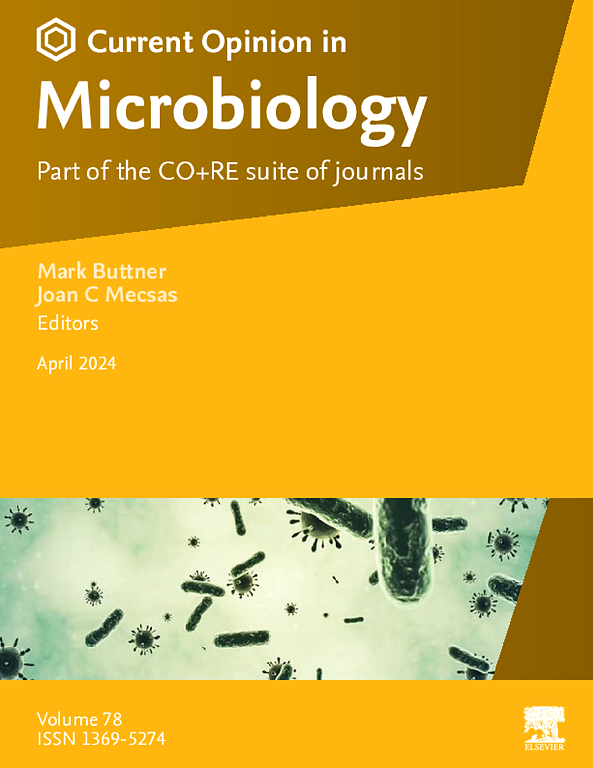用宏基因组学研究自然界中的细菌进化
IF 7.5
2区 生物学
Q1 MICROBIOLOGY
引用次数: 0
摘要
宏基因组测序已经彻底改变了我们捕捉微生物组巨大遗传多样性的能力。该技术提供了种内多样性的特别详细的特征,并且越来越多的研究正在使用该信息来调查自然界中的细菌进化。在这里,我们回顾了这些研究如何在操作上定义进化,使用的采样方法和指标,以及对观察到的进化特征的解释。目前的研究主要涉及三个主题:(1)产生遗传多样性的机制;(2)该多样性的时空结构;(3)决定其命运的进化过程。虽然宏基因组学为研究原位进化提供了巨大的潜力,但该方法也引入了新的问题,包括通过读取映射定义的种群是否可以作为生物进化单位的有意义的代理。解决这些问题将有助于研究进化在形成微生物组对环境变化的反应中与生态变化相关的作用。本文章由计算机程序翻译,如有差异,请以英文原文为准。
Investigating bacterial evolution in nature with metagenomics
Metagenomic sequencing has revolutionized our ability to capture the vast genetic diversity of microbiomes. The technique provides an especially detailed characterization of intraspecific diversity, and a growing number of studies are using that information to investigate bacterial evolution in nature. Here, we review how these studies operationally define evolution, the sampling approaches and metrics used, and the interpretation of the observed evolutionary signatures. Current studies address three main themes: (1) the mechanisms that generate genetic diversity, (2) the spatiotemporal structure of that diversity, and (3) the evolutionary processes that determine its fate. While metagenomics provides enormous potential to investigate in situ evolution, the approach also introduces new questions, including whether populations defined by read mapping are meaningful proxies for biological units of evolution. Addressing these questions will facilitate investigation of the role of evolution relative to ecological shifts in shaping a microbiome’s response to environmental change.
求助全文
通过发布文献求助,成功后即可免费获取论文全文。
去求助
来源期刊

Current opinion in microbiology
生物-微生物学
CiteScore
10.00
自引率
0.00%
发文量
114
审稿时长
6-12 weeks
期刊介绍:
Current Opinion in Microbiology is a systematic review journal that aims to provide specialists with a unique and educational platform to keep up-to-date with the expanding volume of information published in the field of microbiology. It consists of 6 issues per year covering the following 11 sections, each of which is reviewed once a year:
Host-microbe interactions: bacteria
Cell regulation
Environmental microbiology
Host-microbe interactions: fungi/parasites/viruses
Antimicrobials
Microbial systems biology
Growth and development: eukaryotes/prokaryotes
 求助内容:
求助内容: 应助结果提醒方式:
应助结果提醒方式:


